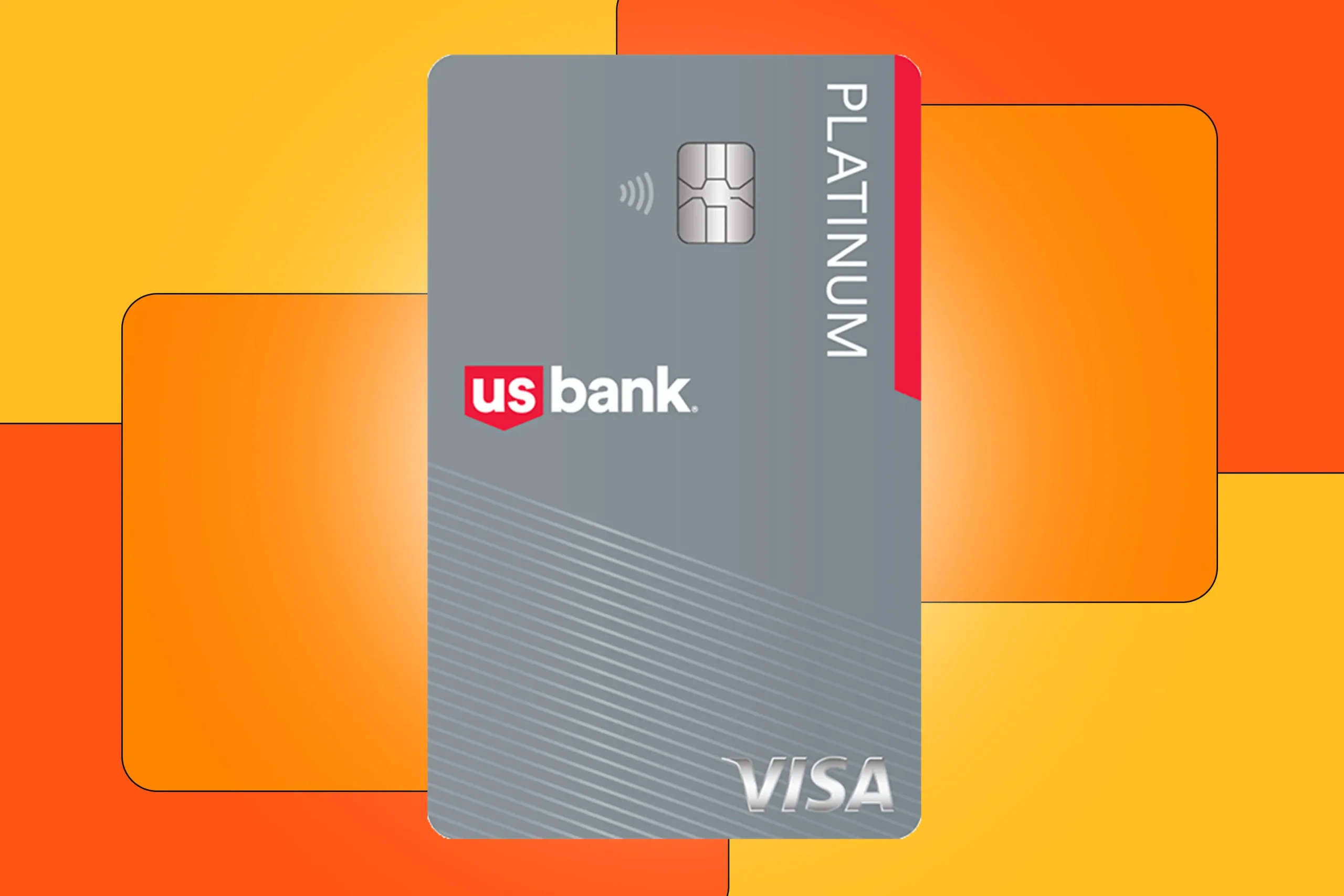Is a HELOC a Wise Choice in the Current Economic Landscape?
The Home Equity Line of Credit (HELOC) is a tried-and-true financial approach in the U.S., but given the current climate, it’s crucial to reflect more deeply.
Does a HELOC Still Make Sense Today?
As the real estate landscape becomes more erratic and interest rates fluctuate, is it still advisable to take out a Home Equity Line of Credit, also known as a HELOC?
For a long time, HELOCs were deemed one of the best methods to access credit at lower rates, utilizing the equity accumulated in your property.

However, in 2025, the economic environment has evolved, prompting a more thoughtful evaluation of the potential risks and rewards associated with this approach.
What Exactly Is a HELOC?
A HELOC is a flexible line of credit that uses your home equity as collateral, similar to how a credit card operates.
It comes with a pre-approved limit and significantly lower interest rates when compared to standard credit cards.
In the U.S., HELOCs have gained popularity among homeowners aiming to fund renovations, consolidate high-interest debts, or even set up an emergency fund.
What Made HELOC So Appealing?
During the low-interest period, particularly from 2012 to 2021, HELOCs emerged as a highly desirable financial option.
With rates between 3% and 5%, many consumers turned to HELOCs to eliminate credit card debt (which typically ranged from 18% to 25%) or to finance large projects without relying on pricier personal loans.
Nevertheless, the conditions that previously favored HELOCs began to shift with rising inflation, increased interest rates from the Federal Reserve, and a housing market that, despite its growth, is showing signs of slowing.
HELOC Challenges in 2025
- Rising Interest Rates: Current average HELOC rates may exceed 8% or 9%, depending on the borrower’s profile and lender. This diminishes the competitive edge over other credit types, making it crucial to evaluate whether the cost justifies the risk.
- Fluctuating Real Estate Market: While some areas still see appreciation, others are correcting. This can affect the value of your home as collateral, and banks are tightening their approval criteria for credit limits.
- Over-borrowing Risk: As a revolving line of credit, users may fall into the habit of continuously utilizing the HELOC without a solid repayment plan. With elevated rates, this can lead to escalating debt levels.
- Economic Uncertainties: In a backdrop of recurring inflation and recession fears, securing a loan against your home equity necessitates caution. Job market volatility and rising living expenses heighten the risk of using your home as collateral.
When Does a HELOC Remain a Smart Move?
- Utilizing a HELOC for renovations or enhancements can boost property value.
- Despite higher rates than in the past, HELOCs remain beneficial for settling high-interest debts.
- Some opt for a HELOC as a safety net, keeping it available for emergencies without immediate use.
Things to Think About Before Getting a HELOC
Scenario of Variable Interest Rates
HELOCs often come with variable interest rates, which means your credit costs can rise based on market shifts. Evaluate if your income can manage potential payment increases throughout the term.
Overall Cost (APR – Annual Percentage Rate)
Don’t just focus on the stated interest rate. It’s important to consider the APR, which factors in fees, property appraisals, and other costs included in the agreement.
Establish a Clear Repayment Strategy
It’s vital to have a clear repayment plan. A common error is only making minimum payments during the draw period, leading to significant debt that must be repaid later at higher rates.
Financial Stability Assessment
Before tapping into your home equity, ensure you fully understand your income stability and your capability to manage payments across various economic conditions.
HELOC Alternatives
- Fixed-Rate Personal Loans: Generally higher rates but provide predictable payments, which can be helpful for many.
- Mortgage Refinancing: This option is great for homeowners with older high-rate mortgages, allowing them to replace their mortgage while accessing some equity.
- Unsecured Personal Lines of Credit: Less risk to the home, but with stricter limits and potentially higher rates, fitting well into personal finance management.





